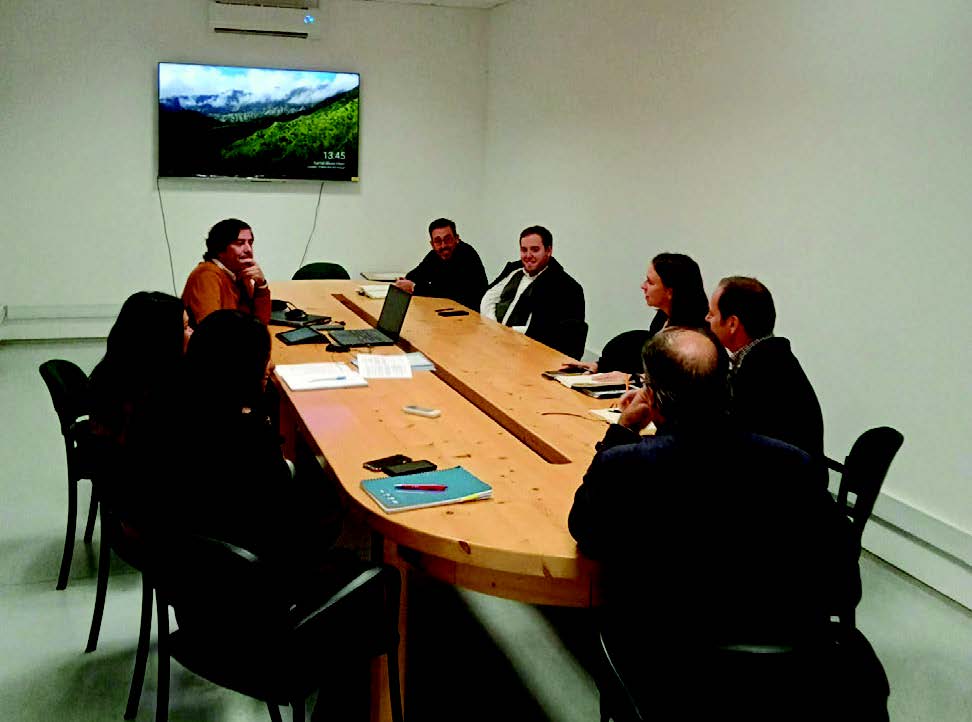Engaging the Community – IP-Torres-Caldas (Portugal)
Description of the Environmental Measure
Problem detected:
The project to modernise the Western Line in Torres Vedras (Portugal) has a dual purpose: to electrify the line at 2x25 kV, and also to achieve maximum speeds of 140 km per hour. The line was also to be equipped with an electronic signals system, telecommunications, speed control and land–train communications, as well as new rolling stock. The main objective of all these interventions was to implement a more competitive service and improve the safety and operating conditions on approximately 44 km of the Western Line, Subsection B (Torres Vedras–Caldas da Rainha).
Owing to how close the site was to local communities, FCC Construcción's activities could cause a nuisance for residents nearby, mostly because of noise and dust, as well as effecting economic activities because of reduced access, which could give rise to ill-feeling in the affected communities and a poor opinion of FCC Construcción's business.
Solutions adopted:
In order to avoid or minimise the impact of FCC Construcción's
activities on the community, several actions
were carried out to build the community's awareness,
organised in concert with interested entities and parties.
The following actions were therefore developed before the construction work began:
- Scheduling presence sessions to build awareness about the construction activities with local authorities, parish and the general public, with a view to engaging with the local authorities who best know the local community, so that they could also help to inform local people and clarify any issues as necessary in order to prevent any complaints.
- Distributing and putting up information leaflets and notices in areas near the contractor's site.
- Awareness-building sessions for local residents and communities affected by the project, near stations and platforms, be launching awareness campaigns before the works began, in order to explain what was going to be done when, where and for how long.
A public service system was also put in place to log any complaints or claims. This enabled the degree of nuisance perceived by local residents to be assessed, studying the need for any new measures to be applied.
If any complaints were made about a breach of any legal or contractual requirements, the Oversight Body had to be informed immediately (within 24 hours), and a non-conformity case would be opened, launching the process to resolve it.
Results:
All the actions mentioned above had the aim of engaging the entities and parties affected by the construction of the works, achieving as a result their involvement and respect. The success of these actions can be seen in the small number of complaints received, despite the closeness of the project site to where people live.
Specifically, only five complaints were received. These were closely followed up, checking the situation with the complainants and applying measures to address the issues. This demonstrates the company's level of attention, commitment and social responsibility shown to complainants.
All this reflects the company's social commitment towards interested parties. Particularly valuing relationships with affected communities.









